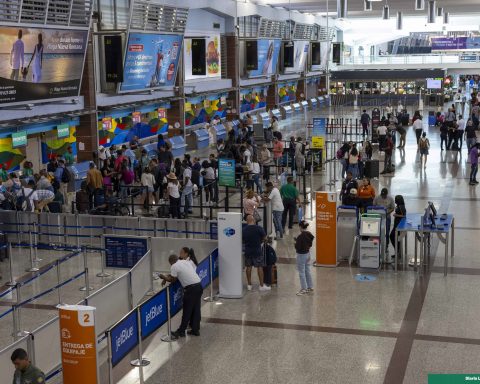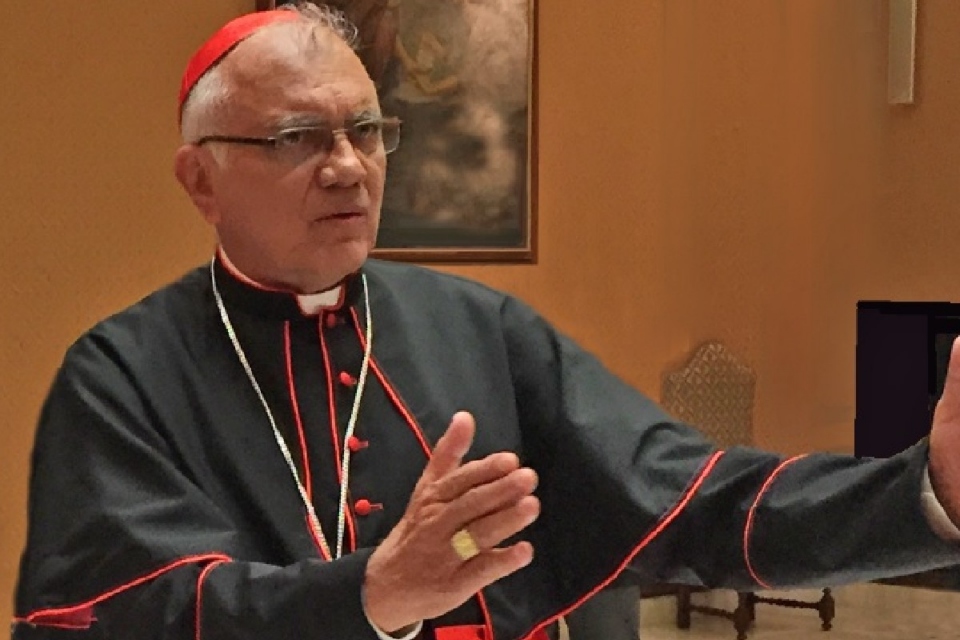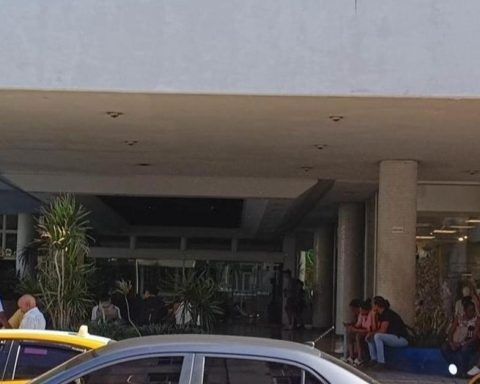According to data from the Ministry of Education (Minerd), 115,536 Haitian students have entered the pre-university education system, of which 88,470 went to the public sector and 27,066 to the private sector, during the last eight years.
In the same period, the enrollment of Dominican students shows a decrease of 268,907.
In the public sector, 161,073 fewer students were reported (60%) and the private sector reflects a decrease of 107,835 national schoolchildren (40%).
The statistics of the Ministry of Education They point out that the public registry of students from the neighboring country in Dominican territory went from 49,486 in the school year (2015-2016) to 137,956 enrolled in (2022-2023).
You may be interested in reading: Haitians are more in 21 schools in Greater Santo Domingo
This indicates that the school community in state schools grew by 179% in the last eight years. Meanwhile, growth in the private sector was 21%, for a consolidated figure of 200%.
For the initial base year mentioned, which reports 2,744,693 students in the system overall, Haitians in public schools comprised 1.8% of the total. However, eight years later they represent 5.3% at the end of 2023.
Overall, these foreigners increased by 6.7% in that period, less than 7% as stated by the Minister of Education, Ángel Hernández. In fact, this student segment as a whole increased by 4.6 percentage points in the country, between the period 2015-2016 and 2022-2023.
The consolidated annual average of students enrolled during those years was 14,442 Haitian students. At the same time, in public schools it was 11,058 students.
In addition, there is a constant increase in the number and an upward trend line, with the greatest number standing out both in the 2021-2022 school year, with 117,949 enrolled, and in the 2022-2023 school year, with 137,956 students of that nationality.
Two cycles
In these last two cycles, which were presided over by the then Ministers of Education Roberto Fulcal and Ángel Hernández, the Minerd maintains that 44,553 new Haitian students entered the country’s primary and secondary schools. That is, 50.3% of the number (88,470) that entered between 2016 and 2023.
However, Dominican students reported a cumulative 16,187 fewer enrollments in those two academic years.
For the 2020-2021 school year, there were 1,866,972 local students enrolled. However, in 2022-2023 there were 1,850,785 students enrolled, for a variation of -0.8%.
The variation in student numbers of Dominicans compared to the 2021-2022 and 2022-2023 school years is 0.07%, according to the institution’s data.
Dominican case
The number of Dominicans in both sectors went from 2,665,856 enrolled in 2015-2016 to 2,396,949 students in 2022-2023, which shows a reduction of 10% and more than 268,900 fewer students in the pre-university system. In the public sector, the reduction is 8%, that is, 161,073 students.
In fact, the negative annual average of nationals in schools in those eight years is 33,613 places, with a downward trend. The 2018-2019 school year is the most prevalent with 2,684,642 students in a consolidated manner.
The decrease in national students can be explained by several factors, including: school dropouts and desertion, the fact that every year a large number of students enter university level and the lack of classrooms.
Venezuelans
The group of Venezuelan students in the country, in percentage terms, is the one that has grown the most in the last eight years. The data indicate that they went from 2,087 in 2015-2016 to 7,547 students in 2022-2023.
This represents an increase of 261%, which is equivalent to 5,460 more schoolchildren. Also, an average of 682 per year, with its highest peak for the 2021-2022 cycle, in which 7,995 were reported in educational centers.
Last year, this segment represented 0.2% of the Dominican educational system.
In 21 schools
Haitian students outnumbered Dominicans in 21 public student centers in the National District, Herrera and Los Alcarrizos in 2023, according to the Ministry of Education (Minerd). While in another 10 schools Haitians occupied 50% of the places.


















